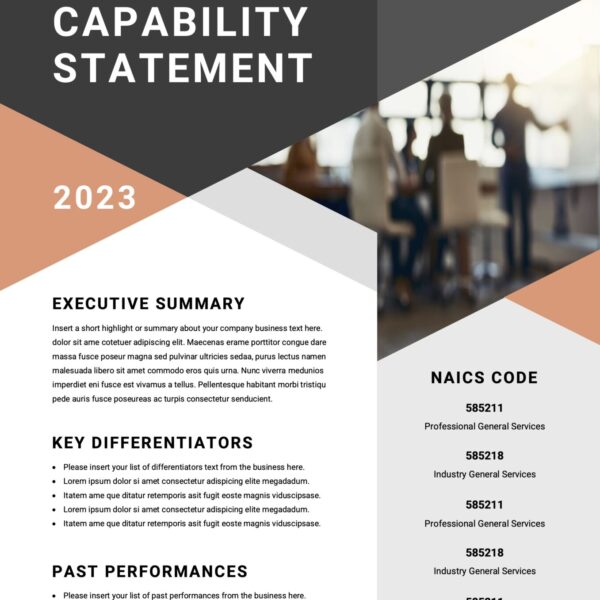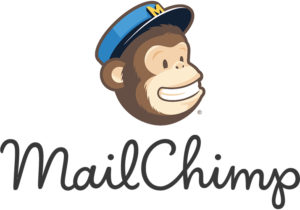As the Internet becomes more fully submerged in Web 2.0, it becomes more and more necessary for individuals and businesses to interact with the social web. No longer is it enough to simply have a webpage,you must build a platform, utilizing a number of different tools to achieve your online marketing or selling goals. How should this affect your website?
What is Web 2.0? Web 2.0 is not a style of website. It is a way of thinking about the web. Web 2.0 is the social web that facilitates participation and information sharing. The focus is on interactions.
Social media is not a substitute for a good website: No matter how many social media services you use, how frequently or how well you use them, it is still important to have a website to both direct your visitors to and point them towards your social media outlets. A website helps to build your credibility and makes certain information better available–services, hours, ect.
Link to your website–and vis versa: This seems rather obvious, but it is a point that can be overlooked. Most social media sites allow you to enter your site’s URL so that your profile will link back to your website. You also should include social media links on your website to facilitate further conversation and interaction with your visitors. In some cases a “Like” button from Facebook or an embedded Twitter profile feed may be appropriate.
Allow for comments: Blogs can also be a powerful tool for building your web platform. Not only do frequent updates help your SEO, but you can also receive feedback from your readers and build a conversation from there. Spam can often be minimized through plugins available on many blog systems, so this shouldn’t stop you from blogging.
Consider a Content Management System: Obviously to succeed in Web 2.0, you need to have a website in place which allows you to interact with your visitors, post new content and make updates as needed. Content Management Systems–such as WordPress, Joomla, and Drupal–make your website more “interaction friendly” and may be the way to go rather than a static HTML site.
How has your website helped or hindered your transition to the Web 2.0 Mindset?


